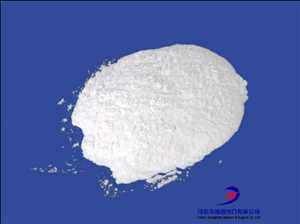The key purpose behind designing human artificial chromosomes (HACs) is to incorporate new genes in a human cell. In short, HACs are being used as genetic vectors. With the recombinant DNA technology and gene transformation process, researchers have been able to cure several genetic disorders. Even though this concept was introduced almost 20 Years back, still, its use is limited owing to an inefficient artificial centromere. A team of scientists, led by Ben Black from the University of Pennsylvania, recently revealed that it has probably identified a solution concerning the inefficient centromere.
Centromere—a cluster of specialized repetitive DNA sequence of 171 base pairs where two chromatids of chromosome meet—plays a key role in cell division (both mitotic and meiotic), acting as a hook for spindle fibers. There must be some epigenetic changes occur in the centromere for its proper and efficient functioning. Centromeres are able to pack themselves in a highly condensed manner with the help of several proteins, usually different types of CENPs.
Researchers have designed two new Human Artificial Chromosomes, of which one is made up of non-repetitive base pairs and both the models don’t use CENP-B. According to the team, eliminating the need for CENP-B would make the HACs more inheritable under in-vitro conditions. The researchers have published their research in the journal Cell.
On a similar note, the Y chromosome—gender-deciding chromosome and expressing the key symbol of masculinity—contains almost negligible genes that are vital throughout life.
It has been identified that the chromosome is degenerating gradually in day-to-day life. Currently, all the females have a pair of normal-sized X chromosomes. However, in males, the two asymmetrical sex chromosomes. The X chromosome is normal-sized, while the Y chromosome has been continuously degrading and will end up vanishing from the genome.
Researchers have discovered that the degradation rate of the Y chromosome has significantly decreased due to the development of some convincing mechanisms. Along with this, the chromosome has also developed a long chain of palindromic sequences, which prevents the DNA from further degradation.










Be First to Comment